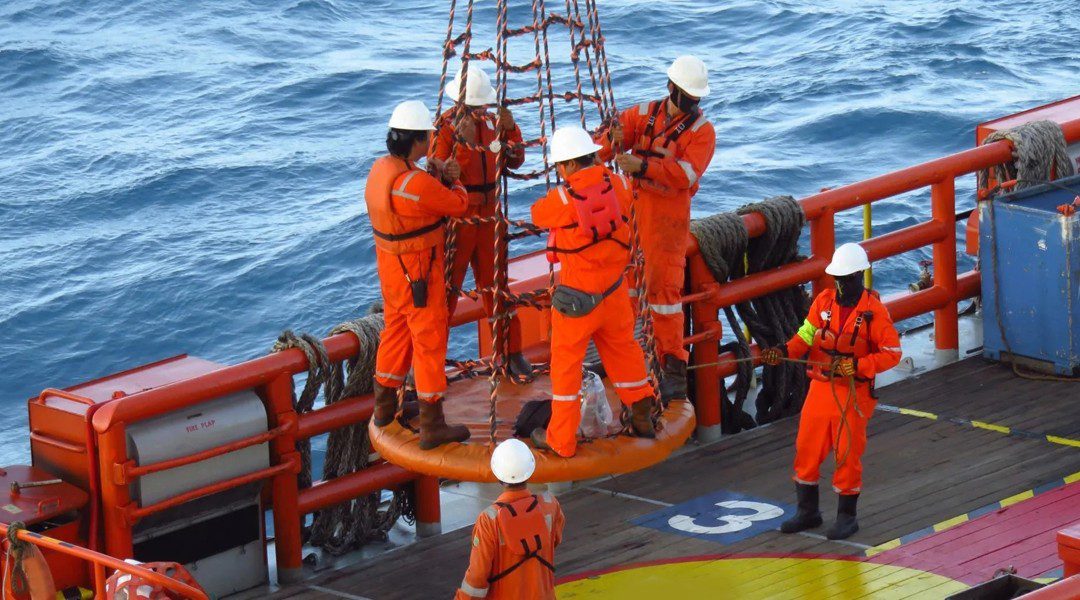Recent industry data reveals a dramatic spike in cancelled sailings, with carriers responding to reduced demand by withdrawing capacity across major trade lanes.
The situation has intensified following the U.S. implementation of 145% tariffs on Chinese goods, met with retaliatory measures from China.
Despite reports of negotiations on tariffs, the trade conflict has already triggered a notable market response, particularly visible in the Asia-North America East Coast routes.
According to Sea-Intelligence’s latest analysis, the impact is most severe for the week starting May 5, where blanked capacity has reached 42% of total offered capacity, marking a sharp 7 percentage point increase from the previous week. The Asia-North America West Coast route is experiencing similar disruptions, with blanked capacity more than doubling from 13% to 28% for the week starting April 28.
Drewry’s latest report indicates that across key East-West trade lanes, 75 sailings have been cancelled between weeks 18 and 22, representing 10% of total scheduled sailings. The Transpacific Eastbound route bears the brunt of these cancellations, accounting for 61% of all East-West cancellations.
While sailing reliability is expected to show modest improvement, with forecasts suggesting 90% of weekly departures will proceed as scheduled, the situation remains volatile, according to Drewry.
The impact on shipping rates is already evident, with Drewry’s WCI Composite Index declining 2% week-over-week to $2,157 per 40ft container. Transpacific rates have experienced the steepest decline at 3%, while /Med and transatlantic routes each dropped by 1%.
Industry stakeholders are adopting cautious approaches, with some exploring alternative sourcing options in Southeast Asia. However, equipment shortages and capacity constraints continue to pose significant challenges.






